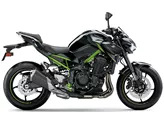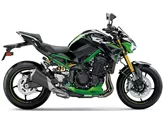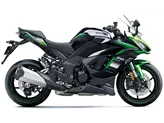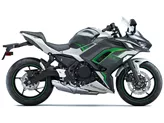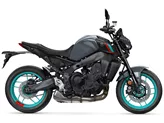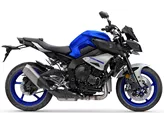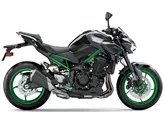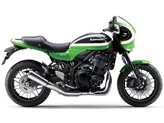Kawasaki Z900 2021 vs. Kawasaki Z1000SX 2019
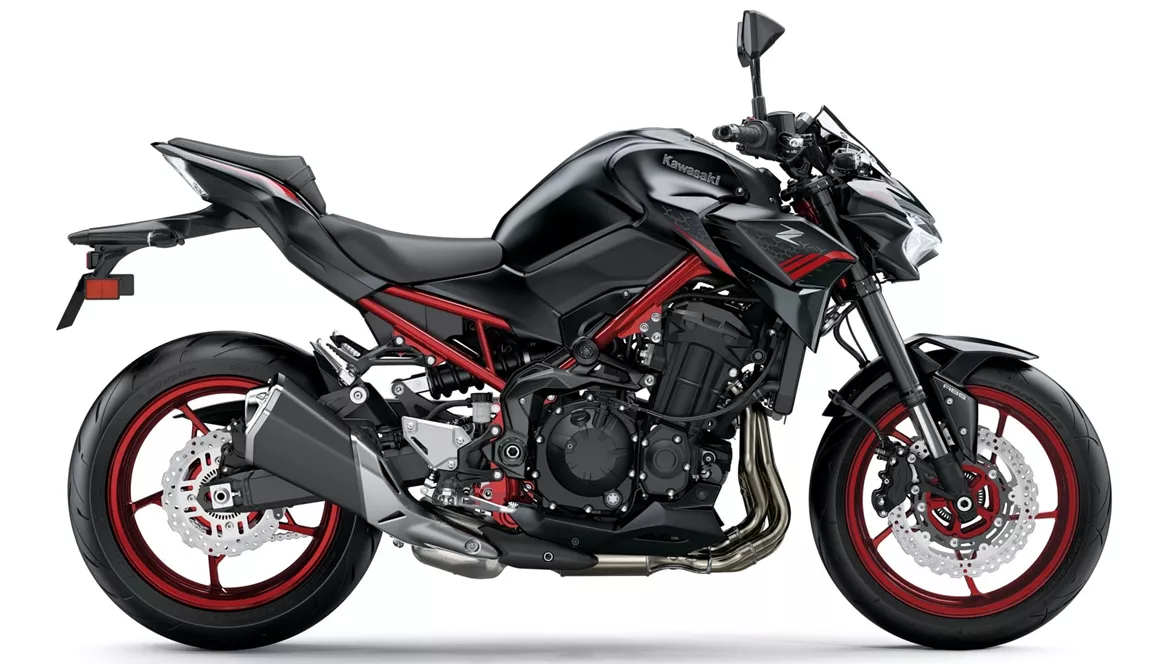
Kawasaki Z900 2021

Kawasaki Z1000SX 2019
Overview - Kawasaki Z900 2021 vs Kawasaki Z1000SX 2019
The Kawasaki Z900 2021 and the Kawasaki Z1000SX 2019 are both powerful motorcycles with similar engine types, fuel systems, and transmissions. However, there are several key differences between the two models.
In terms of engine power, the Z1000SX 2019 has a slight advantage with 142 HP compared to the Z900 2021's 125.4 HP. The Z1000SX also has higher torque at 111 Nm compared to the Z900's 98.6 Nm. This means that the Z1000SX may offer slightly better acceleration and top speed.
Both motorcycles have a 4-stroke, liquid-cooled engine and a chain drive system. They also have the same number of cylinders (4) and similar suspension systems, with upside-down telescopic forks at the front and swing arm suspension at the rear. However, the Z1000SX 2019 has a slightly longer rear suspension travel at 144 mm compared to the Z900 2021's 140 mm.
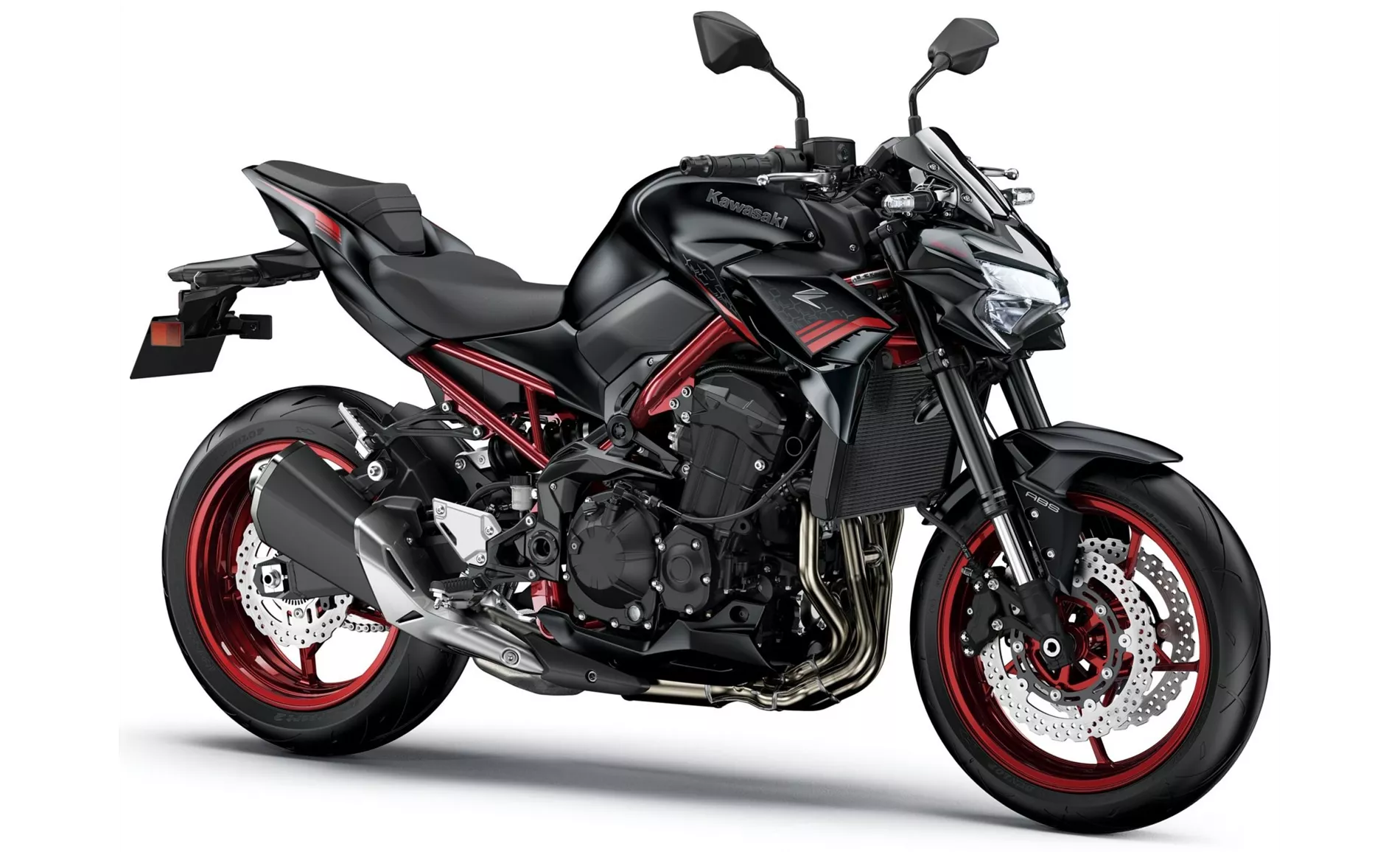
Kawasaki Z900 2021
In terms of chassis, the Z900 2021 has a steel frame, while the Z1000SX 2019 has an aluminum frame. This may result in slight differences in weight and handling characteristics, with the Z1000SX potentially offering slightly better agility.
Both motorcycles have double disk brakes at the front with a diameter of 300 mm and four pistons. However, the Z1000SX 2019 has radial, monoblock, petal technology, which may provide better braking performance compared to the Z900 2021's petal technology.
In terms of rider assistance systems, both motorcycles are equipped with ABS and traction control. However, the Z900 2021 also features riding modes and ride by wire technology, which may offer more customization and control options for the rider.
In terms of dimensions and weights, the Z900 2021 has a slightly longer wheelbase at 1450 mm compared to the Z1000SX 2019's 1440 mm. The Z900 2021 also has a lower seat height at 795 mm compared to the Z1000SX 2019's 815 mm. However, the Z1000SX 2019 is heavier with a kerb weight of 235 kg compared to the Z900 2021's 210 kg.

Kawasaki Z1000SX 2019
In terms of strengths, the Z900 2021 is praised for its powerful four-cylinder engine, intuitive handling, good equipment, aggressive looks, and value for money. On the other hand, the Z1000SX 2019 is praised for its noticeable increase in power, controlled and sensitive in-line four-cylinder engine, price-performance ratio, and ideal compromise between sportiness and touring capabilities.
In terms of weaknesses, the Z900 2021 lacks a quickshifter option and is seen as being behind competitors with 6-axis IMU technology. The Z1000SX 2019 is considered electronically rudimentary and its instruments may not be optimally readable in direct sunlight.
Overall, both the Kawasaki Z900 2021 and the Kawasaki Z1000SX 2019 are powerful motorcycles with their own strengths and weaknesses. The Z900 2021 may appeal to riders looking for a more affordable option with aggressive styling, while the Z1000SX 2019 may be a better choice for those seeking a balance between sportiness and touring capabilities.
Technical Specifications Kawasaki Z900 2021 compared to Kawasaki Z1000SX 2019
Pros and Cons in comparison
Pros and Cons in comparison
Kawasaki Z900 2021
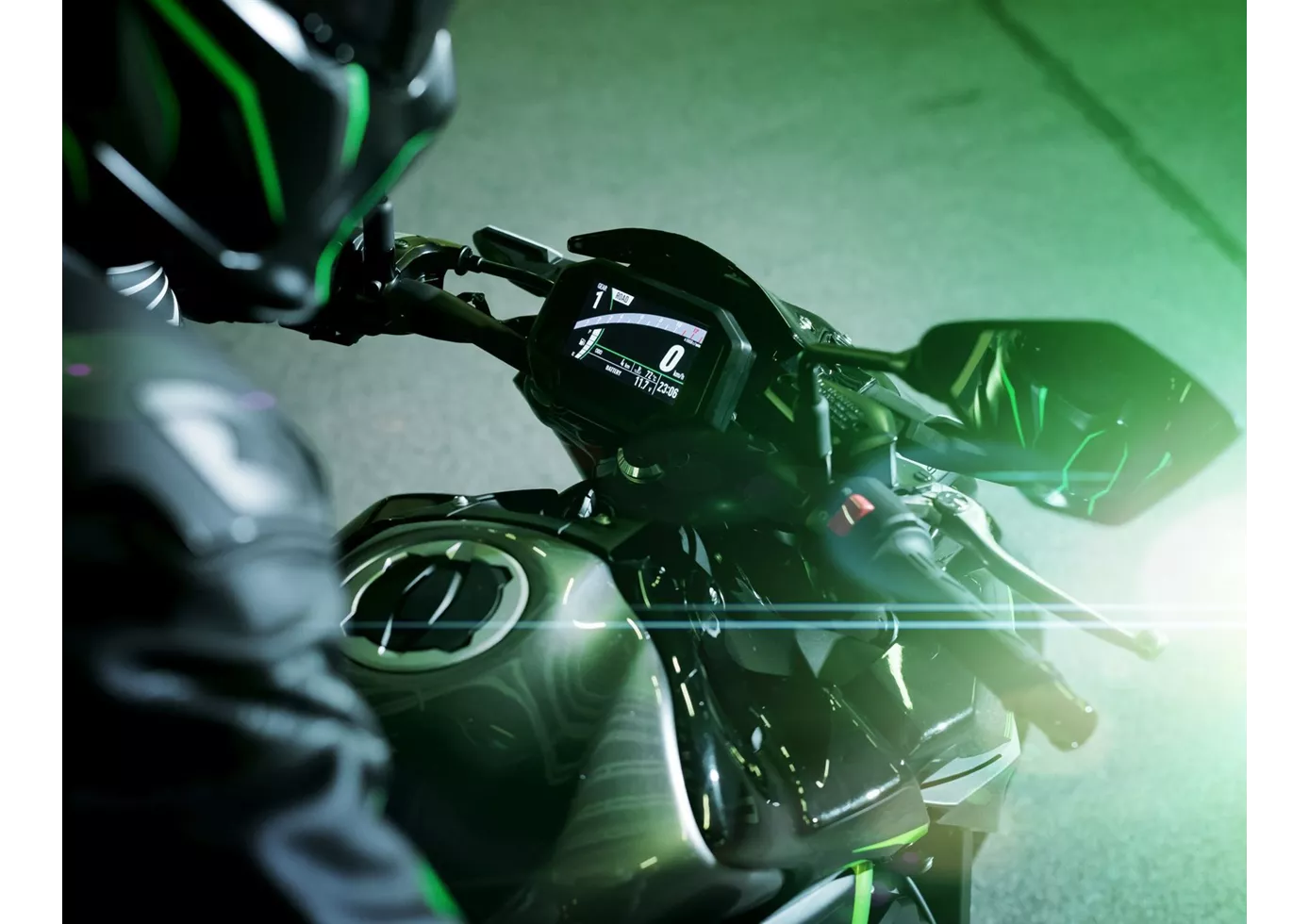
In terms of price-performance, the Kawasaki Z900 is hard to beat at the moment. With the perfectly tuned engine, the high-quality chassis components and the electronics added for 2020, this naked bike offers everything that sporty riders will be looking for. There is really nothing to complain about, except for the lack of a quickshifter option.
Kawasaki Z1000SX 2019

The nakedbike genes of the original Z1000 have fortunately been retained in the right areas, but the bike has been consistently tuned for touring suitability. An adapted seating position with a clearly comfortable seat (also and especially for the pillion rider), a finely controllable engine and sufficient wind protection provide the optimal basis for long, extensive and not least sporty rides. The rather compact knee angle might cause some of you to take an early break on long rides. In return, however, you get an upright riding position in which you can freely develop your upper body. The Z1000SX is a reduced to the essential touring bike with a top price-performance ratio! One thing in particular stood out: you don't always have to have all the electronic "helpers" on board to create a sporty bike that rides very well - a TOP sports tourer at a favourable price compared to the other two bikes!
Price Comparison Avarage Market Price Kawasaki Z900 vs Kawasaki Z1000SX
There are a few key differences between a Kawasaki Z900 2021 and a Kawasaki Z1000SX 2019. In terms of price, the actual average price of a Kawasaki Z1000SX 2019 is about 20% higher. Compared to Kawasaki Z1000SX 2019 there are more Kawasaki Z900 2021 bikes available on the 1000PS.de Marketplace, specifically 33 compared to 11. It takes less time to sell a Kawasaki Z900 with 107 days compared to 115 days for a Kawasaki Z1000SX. Since model year 2017 1000PS.de editors have written 46 reviews for the Kawasaki Z900 and 14 reviews for the Kawasaki Z1000SX since model year 2011. The first review for the Kawasaki Z900 was published on 11/11/2016 and now has more than 93,200 views. This compares to more than 9,900 views for the first review on Kawasaki Z1000SX published on 10/5/2010.


